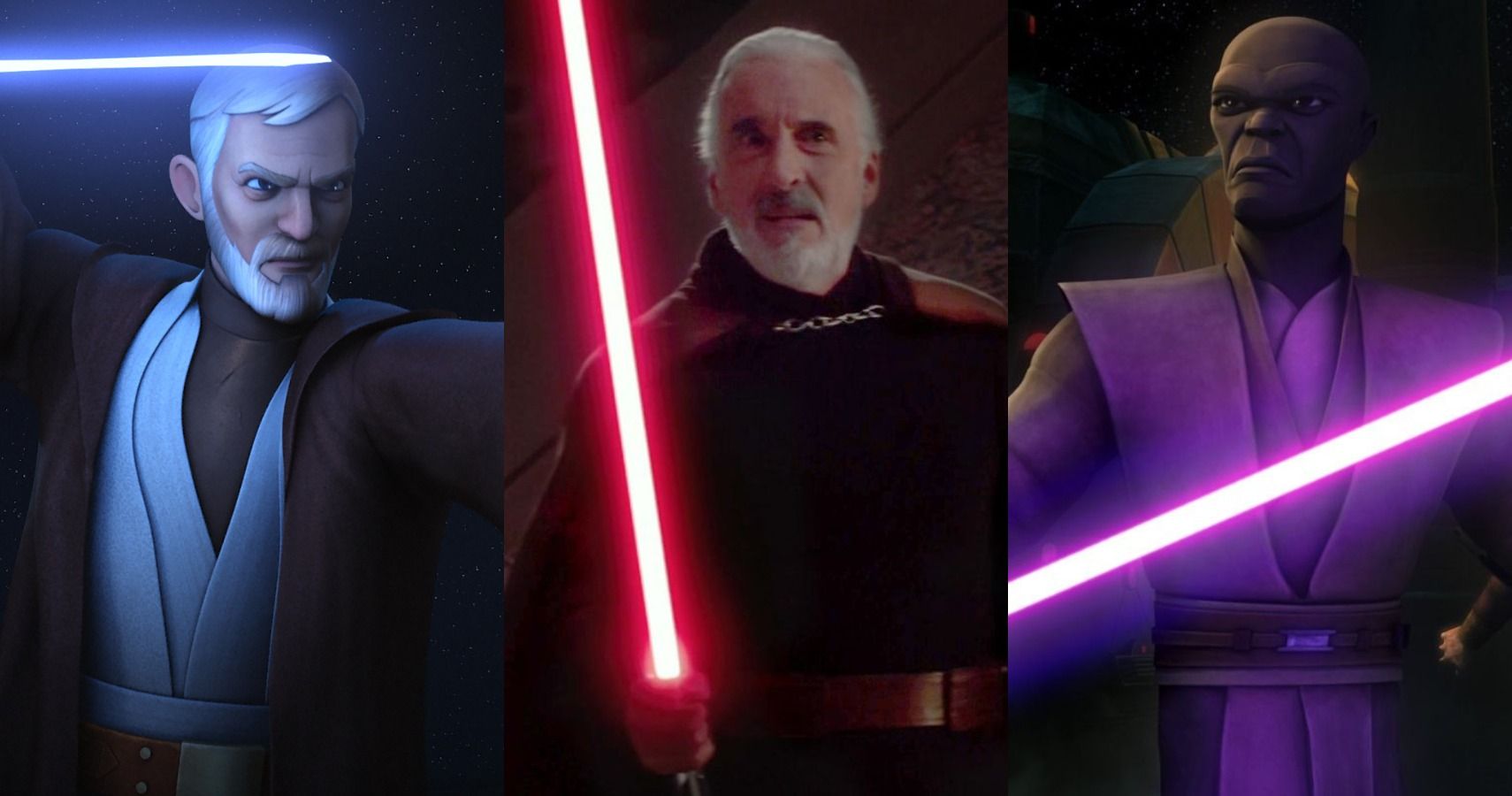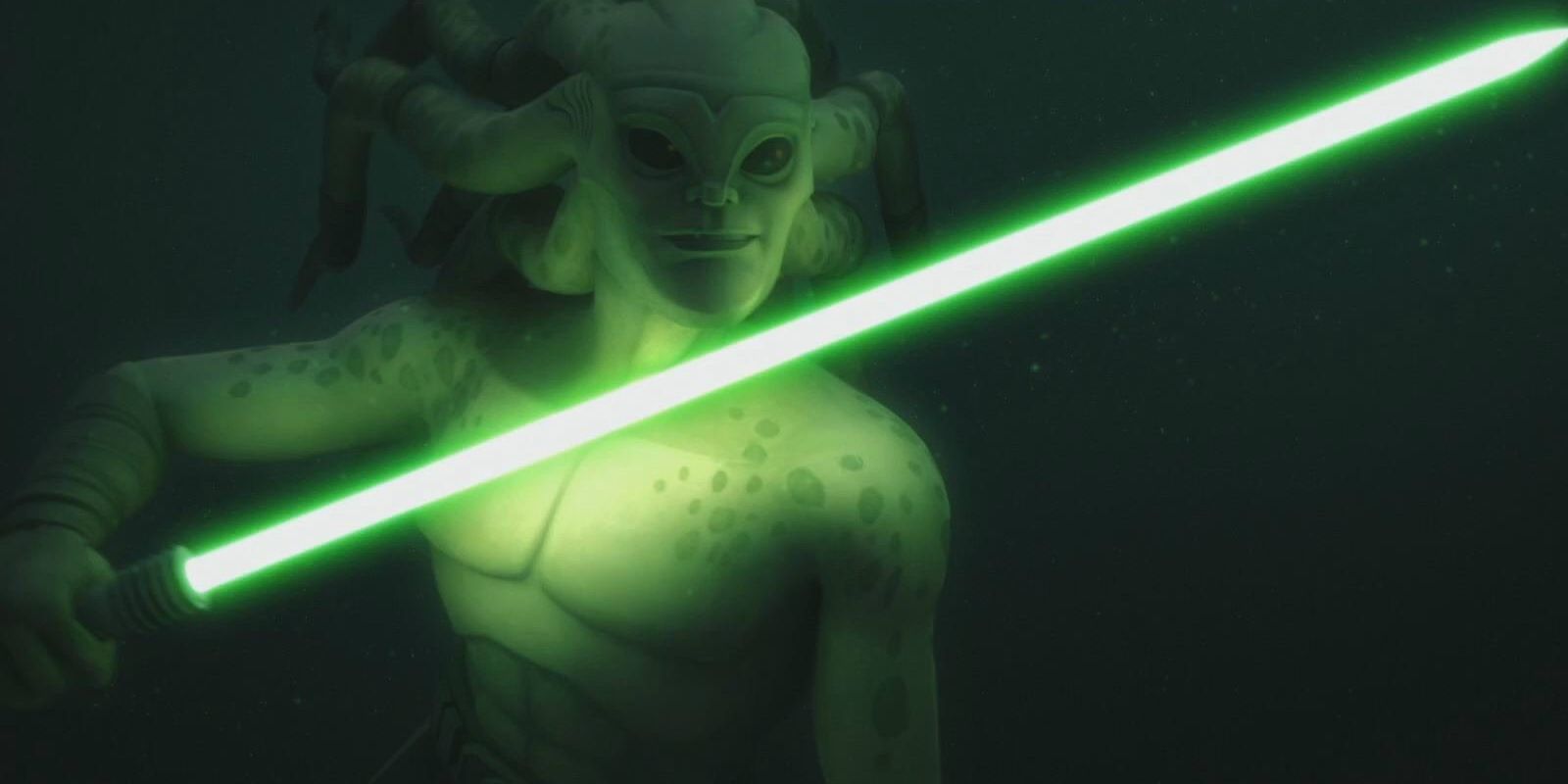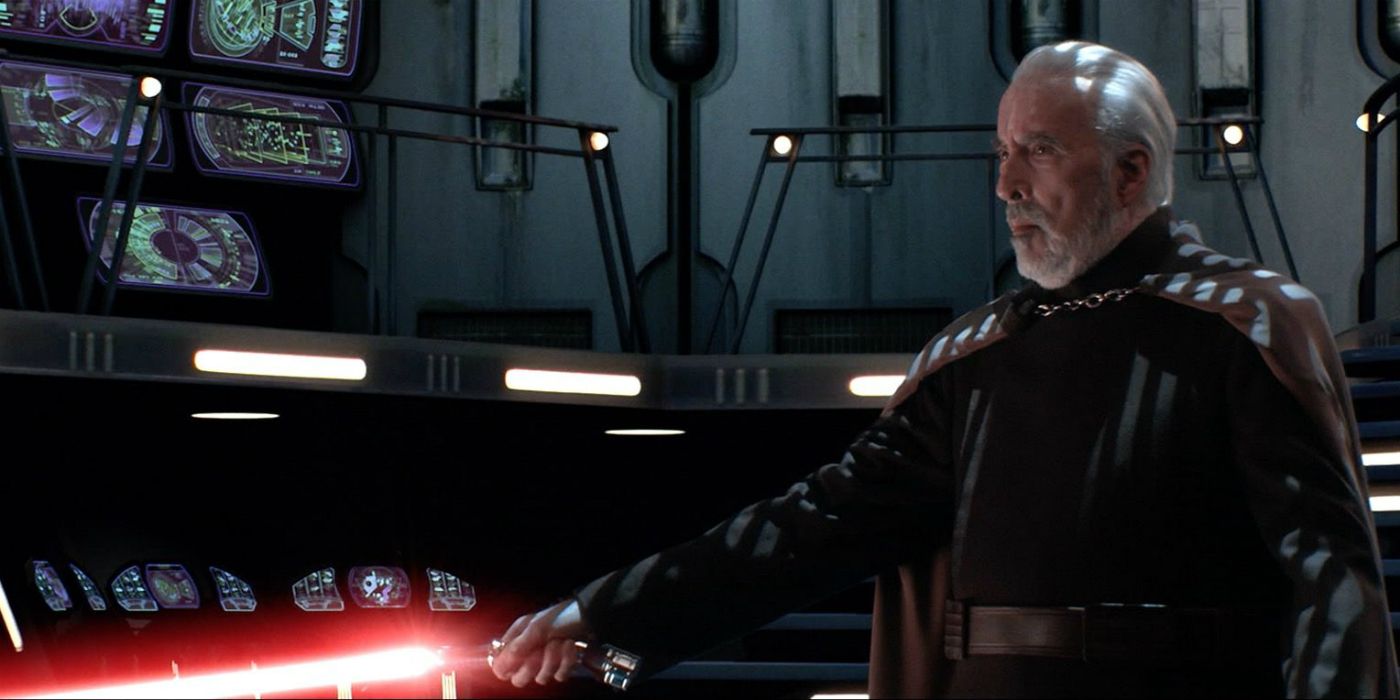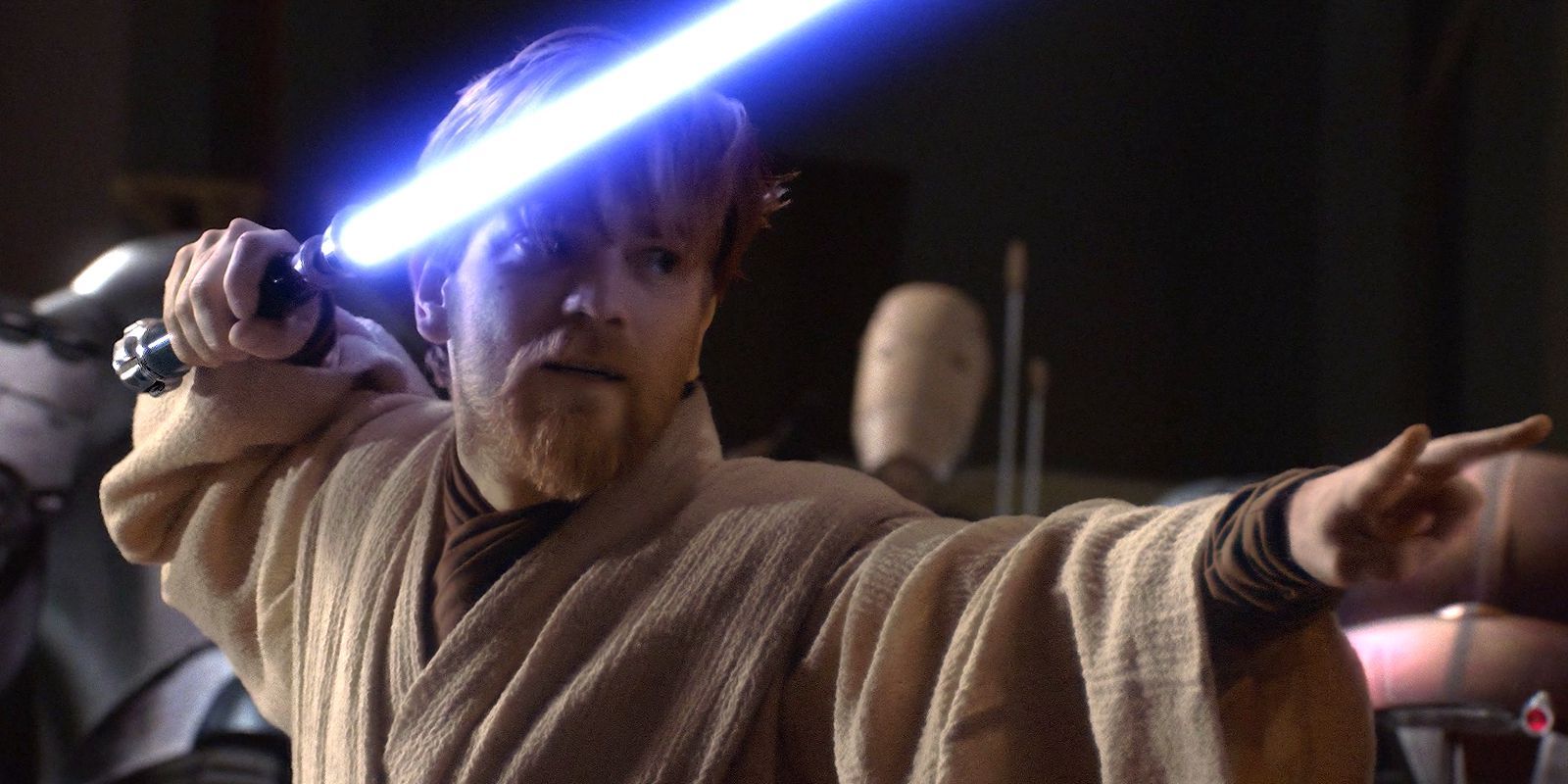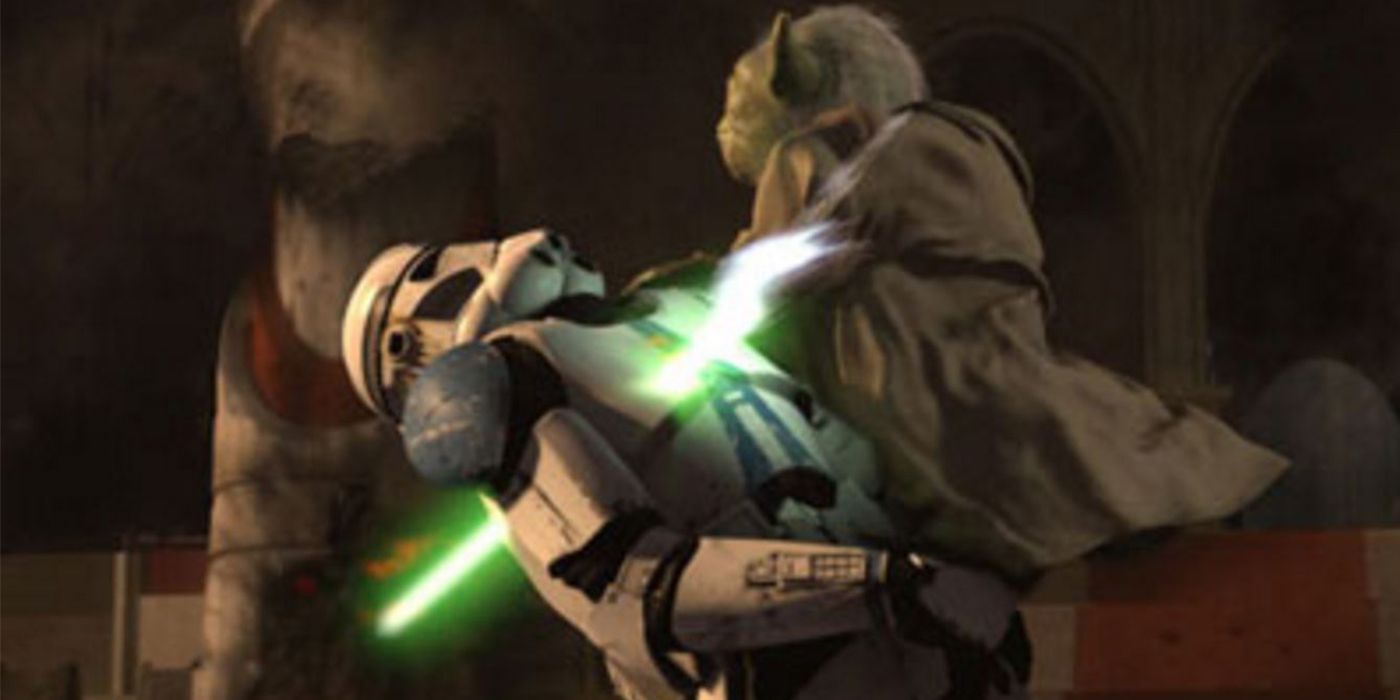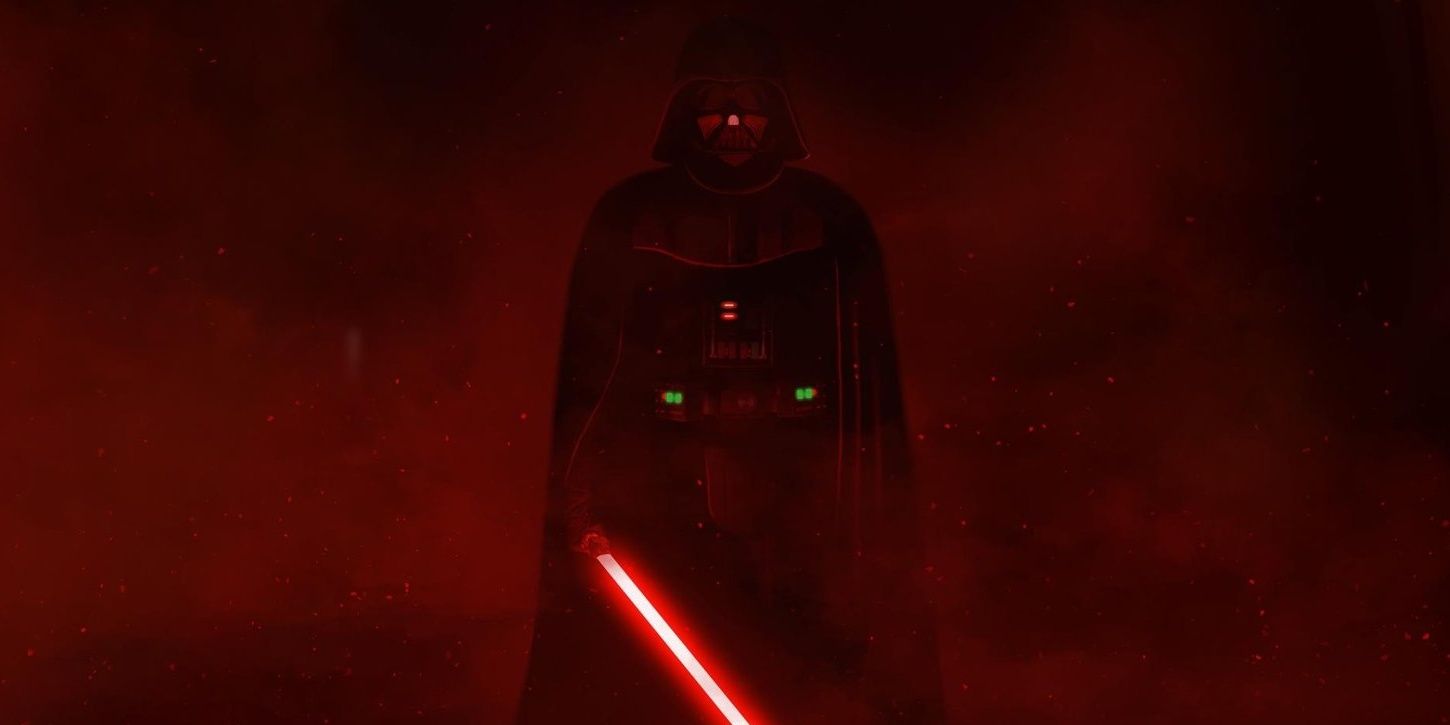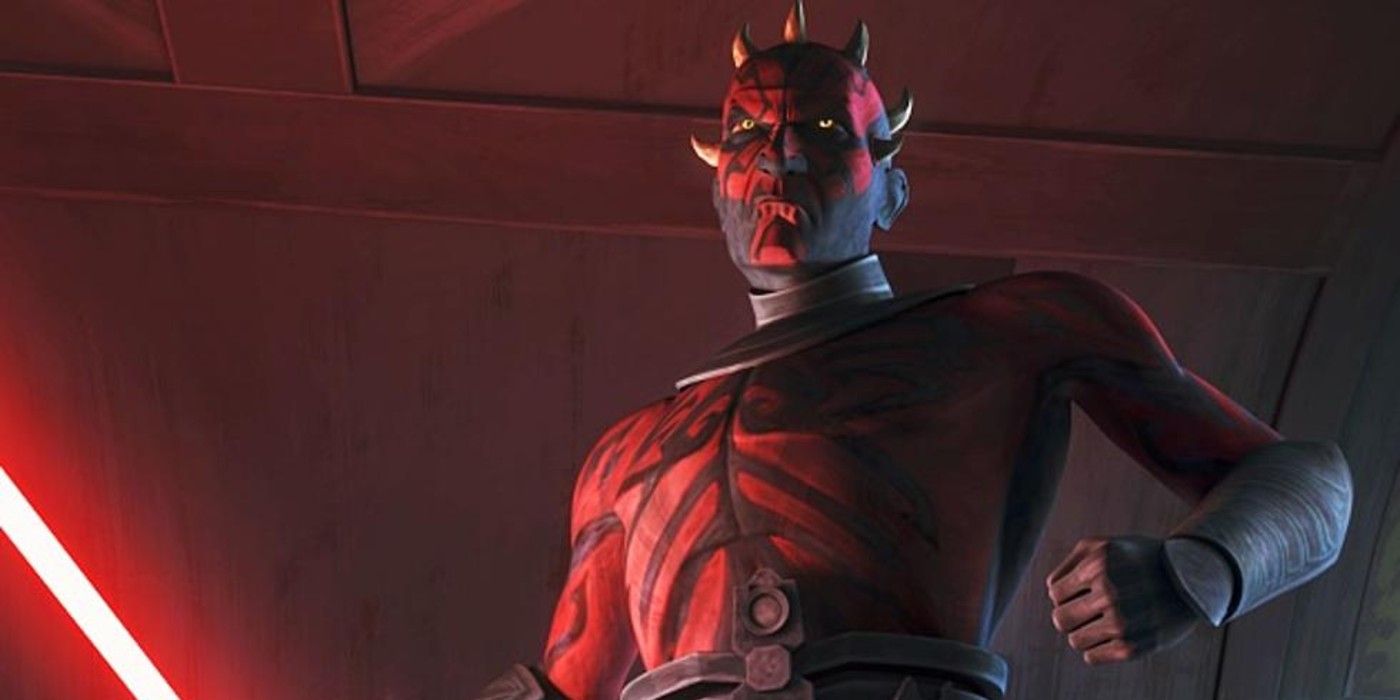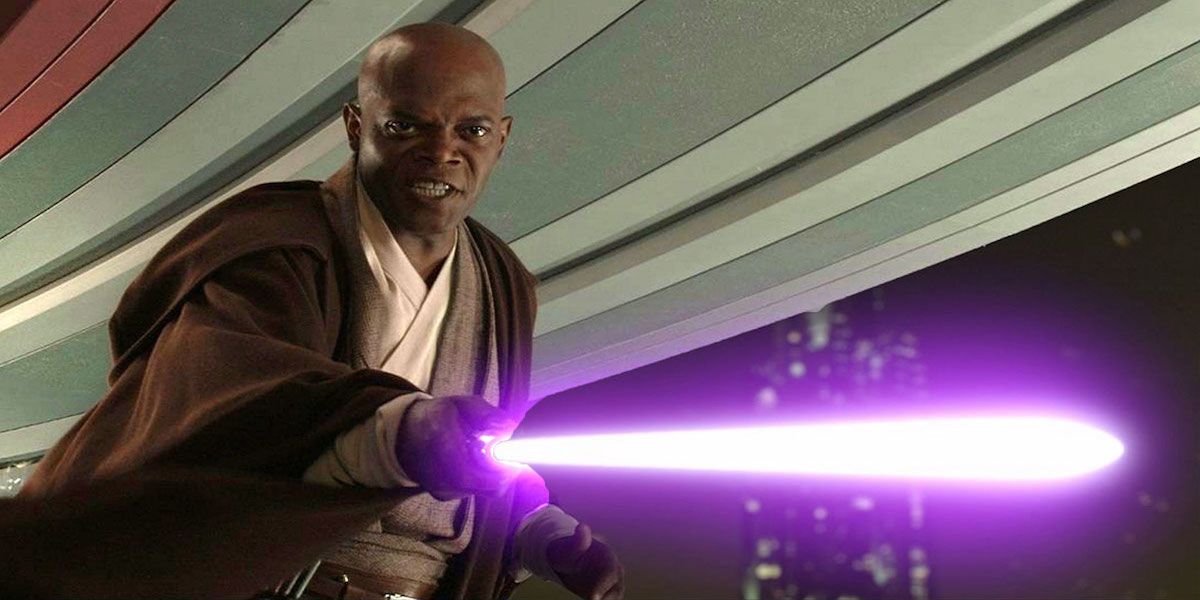Lightsabers are one of the most iconic things to come out of Star Wars, which in itself is a hard task considering the iconography of the franchise. The colors, the designs, and the noises are all a staple of the franchise, and lightsaber combat is consistently one of the most memorable things about each film.
Lightsaber combat is crucial for both Jedi and Sith. The combat has morphed and evolved over generations to the point where there are now seven forms of combat, and we look into and explain all seven here.
Form I - Shii-Cho
Shii-Cho, the Determination Form, is the oldest lightsaber form that has been taught to all Jedi in the Jedi Order. It is a direct style, akin to traditional sword-fighting, with direct strikes and broad parries, as well as a riskier deviation of wide, sweeping attacks on multiple enemies. However, it does require the user to be calm and collected, not aggressive.
Shii-Cho is a rudimentary and widely useful, used as back-up when other, more advanced, and mastered forms are not working, often used also to disarm without harming, or against basic enemies such as B-1 Battle Droids, which caused the popularity of the form to rise.
All Jedi learn the form, however, Kit Fisto - one of the Jedi Council's best swordsman - preferred and mastered the form better than any on the Jedi High Council during the Clone War.
Form II - Makashi
The second form created by the Jedi was Form II, Makashi, the elegant form. It relied on control and grace rather than power and was the form developed to counter the Sith as it is used most proficiently in lightsaber-to-lightsaber combat. The form calls for thought out, precise strikes, rather than the broad and direct of Form I.
Form II placed importance on the psychological and personal aspects of a duel, calling for the practitioner to know, and be aware of an opponent's movements and strikes, so to find an opening to strike the final blow while remaining armed. Makashi also allowed for personal flair, so to not let the opponent get the upper hand. It values both offense and defense and is suited primarily for a single, lightsaber-wielding foe.
The Grand Inquisitor, Asajj Ventress, and Ki-Adi Mundi were all practitioners of Makashi. However, the true master of the form was Count Dooku, one of the finest duelists in the Galaxy due to his skill with the form.
Form III - Soresu
Form III is Soresu, the Resilience Form. While Makashi was developed due to the use of lightsabers by Sith, Soresu was developed due to the increase of blasters throughout the Galaxy, with the first two forms not able to deal with them well enough. Soresu relied on defensive capabilities to all threats, with the use of deflection, parries, and blocks, with tranquility being a necessary trait.
Soresu focused on all aspects of defense, with a stance making the practitioner a smaller target and an intelligent approach to battle, examining, and preparing for the enemy at hand. It is a tight, close-quarters style, using agility and speed to the fullest, but only as a secondary mechanism to the mind. Developed initially for blasters, Soresu became an excellent form of defense from all threats.
Depa Bilaba, Kanan Jarrus, and Luminara Unduli all had some skill in the form, but Obi-Wan Kenobi was the master of the Resilience Form.
Form IV - Ataru
Form IV is Ataru, the Aggression Form. It is in a lot of ways the reverse of Soresu, focusing solely on the attack and being well suited to open areas, with the goal being not to outlast the opponent, but to make sure to end the fight as soon as possible. It was developed centuries after Form III and used the Force to help with the speed and agility valued by the form.
Soresu was calm, while Ataru was a whirlwind of offensive flurries, and lightsaber attacks, valuing speed overpower. It is an acrobatic style of combat that could exhaust any practitioner if it got used for prolonged periods. Ataru practitioners used defensive techniques minimally in cases of multiple opponents and blaster fire.
Ezra Bridger studied and trained in Ataru by way of holorecordings of Anakin Skywalker, who was also skilled in the form. Aayla Secura was a master in the form, but its greatest practitioner was, of course, Master Yoda.
Form V - Shien & Djem So
Form V has two primary disciplines, Shien and Djem So. Shien appeared first and allowed a reverse grip on lightsabers, focusing on deflecting blaster bolts back at an enemy. Djem So appeared later to make up for Shien's inadequacies and allowed for defense against melee attacks. Practitioners of Form V utilize both forms.
Djem So specifically relied on blocks and parries before quickly performing strong counter-attacks and ripostes. It is a fluid style as the practitioner instantly goes from defensive to offensive, creating a very balanced style - especially with the equal use of speed and strength - but also a physically demanding one. Shien relied on attacking without warning. Djem So allowed for little mobility, moving only to press the assault.
Ahsoka Tano was a talented practitioner of Form V, choosing to utilize a reverse grip. Arguably the greatest practitioner of the form is Anakin Skywalker/Darth Vader.
Form Vi - Niman
Form VI, Niman, was the last of the forms to be widely accepted amongst Jedi in the Jedi Order. It is a form that could combine double-bladed sabers with Force powers, which were the biggest part of the style, allowing many Jedi to harness their Force instead of blade-work. Many Jedi saw it as the natural progression of lightsaber combat, and it was widely popular.
It is a form that takes its qualities from the five forms before it, avoiding their weaknesses, but at the same time not allowing them to reach full strength, reducing Niman to being diluted in the minds of many. It required strong mental will, and Force power to maneuver the battlefield, and is the least physically demanding of the forms. It proved effective, but remained easily distinguishable and judged by some who valued blade ability. Overall, it is a harmonic form but tended to favor the defense.
It was a popular form, especially as a back-up, but the most well-known practitioner of Niman was Maul, a master of the style.
Form VII - Juyo & Vaapad
The final form, Form VII, the Ferocity Form, is another with two disciplines; Juyo and Vaapad. Juyo is a controversial form amongst the Jedi as it calls for the practitioner to draw from their emotion; as such, it has become popular amongst Dark Side adepts. It was banished from the Jedi Order following the war against the Sith, and would never again be used without express permission from the council, as it went against the Jedi Code.
Vaapad got developed in the final decades of the Jedi Order, it required control of darkness within the practitioner and channeling it in the right way. Very few studied it, and its creator Mace Windu was wary of anyone utilizing it other than he and his padawan.
Both Juyo and Vapaad are clear in their aggression and fury, even more than Ataru, and were demanding both physically and emotionally. The Force had to get used carefully and channeled with every strike and movement so as not to face complete exhaustion. Vaapad was more refined that Juyo, and less reckless, since Juyo relied on unchecked aggression.
Mace Windu is the creator of and only master of Vaapad, and it helped make him one of, if not the most powerful swordsman in the Jedi Order. He also taught it to his padawan Depa Billaba, but she mainly used Form III, Soresu. No other known Jedi has mastered Form VII in either discipline and not fallen to the Dark Side of the Force.

